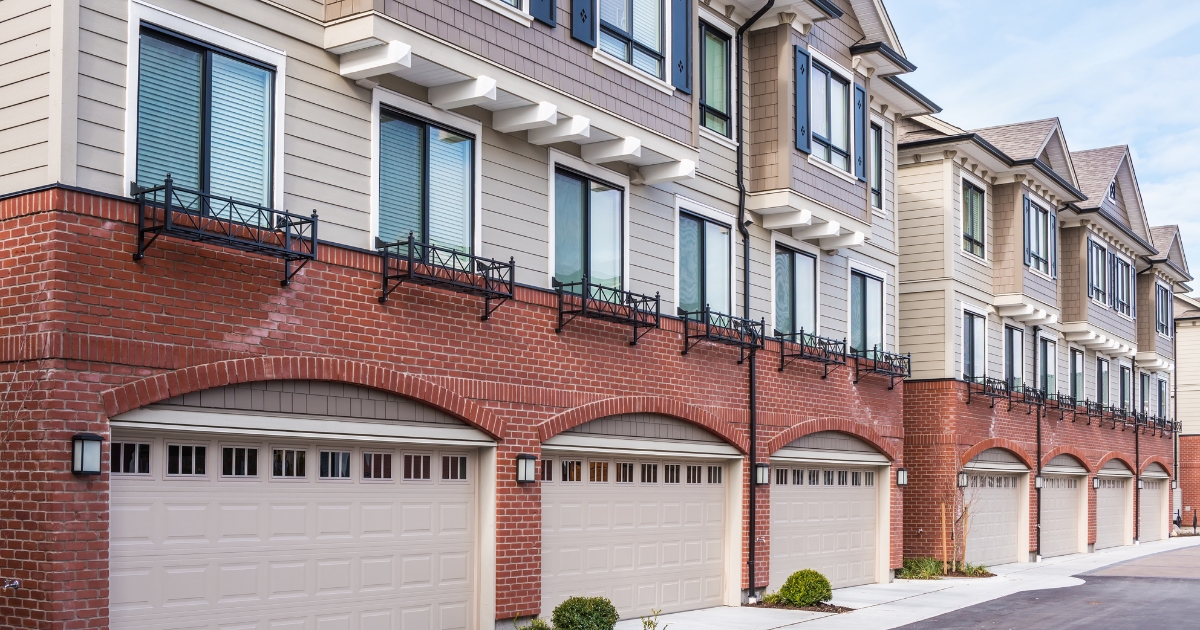A Closer Look at Lease Concessions
Although improved net absorption was anticipated for 2025, the scale of the growth in realized apartment demand has been surprising. Strong demand and tapering new supply have accelerated the multifamily recovery timeline. Average occupancy gains have materialized on a widespread basis this year rather than in 2026 when that dynamic was expected to occur.
There are, of course, a range of reasons for the increase in multifamily demand. Single-family housing prices and higher interest rates have skewed the affordability between buying and renting significantly toward renting. Household income growth has run ahead of inflation for a little more than a year now. Class D demand has finally made the jump that other price tiers made in 2023 or 2024.
However, one major component that deserves attention is the proliferation of lease concessions. While lease concessions can stimulate near-term leasing activity, they often represent a pull-forward of demand rather than a permanent expansion of renter households. This means that the current environment is preferable to one in which lease concession growth fail to translate into net absorption, but some question remains about the sustainability of recent demand.
All numbers will refer to conventional properties of at least fifty units.
National Lease Concession Picture
Approximately 21% of conventional properties around the United States closed September offering a discount for new residents. This represented only a 7% year-over-year gain, which was the smallest of the last three annual periods by a wide margin.
Despite momentum slowing recently in the spread of lease concession availability, that momentum has brought discount availability to its highest point in years – including the pandemic period. For additional context, availability averaged 13% for September in the pre-pandemic 2017 through 2019 period.
In addition to the widespread availability of lease concessions, the average discount value is also significant. After a 10% increase over the last twelve months, the average concession value finished September at about 8%. This equated to approximately one month off an annual lease.
That average value slightly topped the September 2020 average to become the highest for this part of the calendar in more than a decade. The pandemic era peak was a little higher than the current average, but further increase is expected in the coming months.

Don’t miss out on the Multifamily 2025 Recap and 2026 Outlook webinar on December 2, 2025! Space is limited, so save your seat now!
Unusual Lack of Price Class Variance Persists
Before the volatility and new supply surge of recent years, there was usually a clear difference in the concession environment between price classes. In particular, the Class A segment of the market generally had the highest concentration of availability.
That norm has shifted somewhat in recent years. A generationally active constructive pipeline kept pressure on the top of the market, but that pressure also filtered down. This occurred in two main ways.
The first was that a deluge of new units created huge competition for existing properties, even those further down the price class ladder. The second was that as the development cycle got longer in the tooth, construction activity spread into more outlying and lower average rent areas that typically would not have seen much new supply.
This led to new properties coming online still priced at the top of their submarket, but outside the top one-third of properties at the market level after accounting for lease concessions. In other words, new supply entered the market in price tiers not generally expected to see much new supply.
Household consolidation and slower formation have constrained net absorption, particularly in the lower-priced segments that typically serve the most cost-sensitive renters. All of this created a situation in which there were major tailwinds for concession growth across the board.
The result was lease concession availability of between 20-22% for each of the four price tiers in September. The averages were similarly tightly grouped on the discount value front. The Class C average of 3.7 weeks off an annual lease was the lowest. 4.3 weeks off an a twelve-month for Class D was the highest. In between were the two top price tiers – each with an average slightly below four weeks off an annal lease.
Sunbelt and Mountain West Markets Dominate
Unsurprisingly, markets across the Sunbelt and Mountain West lead the way in discount availability. In Austin, 50% of conventional properties were offering a discount to new residents at the end of the third quarter. San Antonio was just behind at 49%.
Dallas – Fort Woth, Las Vegas, Phoenix, and Salt Lake City were other notable markets with concession availability above 40%. The top nineteen markets across the country in discount availability were either in the Sun Belt or Mountain West. Only Portland cracked the top twenty markets nationally outside those two regions.
The average concession value at the market level was similarly skewed by region. Of the top twenty markets, eighteen were in the Sunbelt or Mountain West. The two exceptions were Grand Rapids and Southeast Washington state.
National market leaders included Fort Myers – Naples, Grand Rapids, and Pensacola. Each finished the quarter with an average discount value of about 11% off an annual lease. Other notable markets were Austin, Denver, Salt Lake City, Raleigh – Durham, and Charlotte. Each had an average value equivalent to roughly 9–10% of annual rent.
In some cases, markets in these regions struggled with inconsistent apartment demand paired with very high supply in recent years. In others, demand was fine but the surge in supply was too much in too short a time. With new supply having peaked either in 2023 or in 2024 for most markets, and with net absorption trending in the right direction almost ubiquitously, many of these markets could see concessions begin to recede in 2026.
Takeaways
An upswing in multifamily net absorption this year has been a boon for an industry that has been in the midst of a challenging and volatile period in recent years. Many of the underlying influences of the demand growth can be attributed to market fundamentals.
However, one major factor has been significant lease concessions as operators have prioritized occupancy. With the traditionally stronger leasing season now in the rearview mirror for 2025, both lease concession availability and value are likely to rise further in the coming months.
A central question for 2026 is whether the industry can sustain net absorption if concession levels normalize – or whether elevated concessions become a stickier feature of the competitive landscape.
Disclaimer: All content and information within this article is for informational purposes only. ALN Apartment Data makes no representation as to the accuracy or completeness of any information in this or any other article posted on this site or found by following any link on this site. The owner will not be held liable for any losses, injuries, or damages from the display or use of this information. All content and information in this article may be shared provided a link to the article or website is included in the shared content.
Read through our Budget Season Strategy articles:

